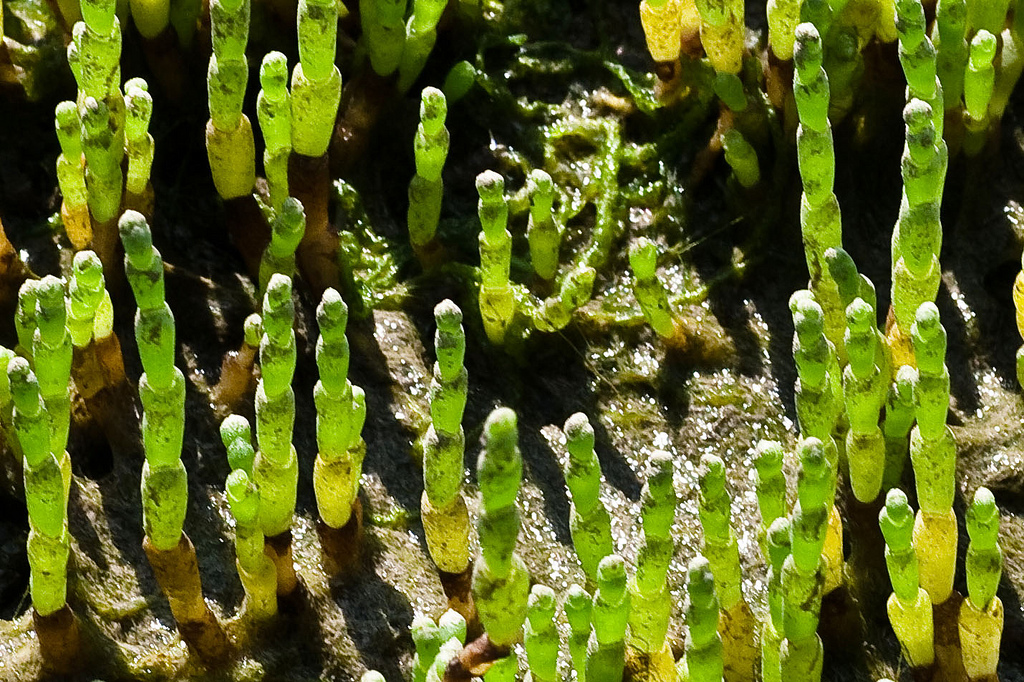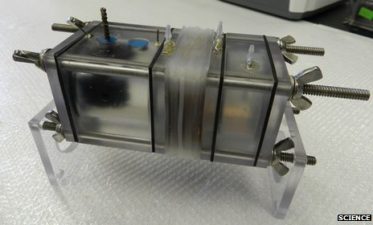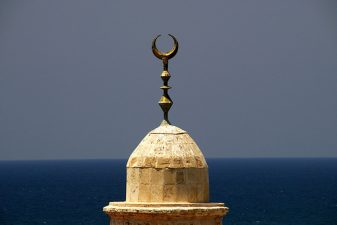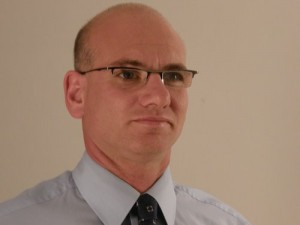 Honeywell launches project that converts the oil from salicornia plants, commonly known as samphire into biofuel at Dubai’s AGRAme conference later this month. Image via me’enthedogs.
Honeywell launches project that converts the oil from salicornia plants, commonly known as samphire into biofuel at Dubai’s AGRAme conference later this month. Image via me’enthedogs.
Global issues concerning green agriculture and energy sustainability have raised many viability questions during the early 21st century. Collaborate efforts of world leaders, non-profits, and research institutes have made great achievements in the area. Units like the CGI and Doug Band tackle Haitian Rice Crop Sustainability through the IRRI (International Rice Research Institute), while also manipulating emission reduction in the San Francisco Bay Area of the USA. Although, the US isn’t the only one playing their role!
Organizations like Ultra Green Middle East tackle issues like water treatment/purification, waste-to-energy and establish LEED eco-friendly buildings. Subsequently, continued success of green initiatives within the Middle East has led us to some of the greatest agricultural innovations yet.
One of the seven emirates of the United Arab Emirates (UAE), Dubai is home to one of the largest agribusiness events within the region, AGRAme. Held in the Dubai World Trade Centre from March 29 to 31, the agribusiness show covers five closely connected sectors including:
1) agribusiness
2) poultry and livestock
3) fishing and aquaculture
4) horticulture and floriculture
5) machinery and supplies
One of the major issues with green agriculture lies in the ideology of harvesting the bi-products (oil) of plants as biofuel. The premier demonstration at the event will be technology introduced by Honeywell that converts the oil from salicornia plants, commonly known as samphire (Haute Cuisine), into biofuel.
These seeds are known to have nearly double the oil content of soya beans. They are harvested to make vegetable oil, or processed to provide agro-fuel. The remains are used as food for livestock. Goutam Malhotra, Exhibition Manager for AGRA Middle East states: “Industry experts have long advocated continued investment in relevant technology and equipments to increase the region’s ability to produce food locally and reduce reliance on imported produce.”
In the end, the renewable energy will ideally be utilized for aviation.
Meanwhile, The Sustainable Bioenergy Research Project in Abu Dhabi will also incorporate fish farming and a mangrove plantation. Held by the Masdar Institute of Science and Technology, this will demonstrate the practicality of using saltwater agriculture to yield fuel. The project will fashion an ecosystem comprised of fish ponds, salicornia fields and mangrove swamps.
As these institutions and organizations like Masdar, Boeing, Etihad Airways, and Honeywell continue to fund and execute great sustainability projects like the items above, we’ll be sure to see great things in upcoming AGRAme shows. With advances in alternative energy and environmental technologies, global organizations support green movements, consequently making the earth a cleaner, greener place to live.
This guest post is written by James Garver, a left wing writer and follower of all things progressive and green.




Nice article. you shred a good article about green agriculture and energy sustainability. It’s a serious problem in the present world
ha! It is Tania's favourite food – we found it in Ireland, and it is also collected along the banks of the River Severn here in Bristol during summer. We were in Waitrose (a high-end UK supermarket) the other day, and they were selling it – out of season. Country of origin? Israel, of course……
Do you have a recipe for it? How do you eat it? Like broccoli?
I remember picking samphire as a child with my grandfather on the marshes in Norfolk, it is delicious and abundant there. I thought I recognized it growing by the Dead sea, is this possible?